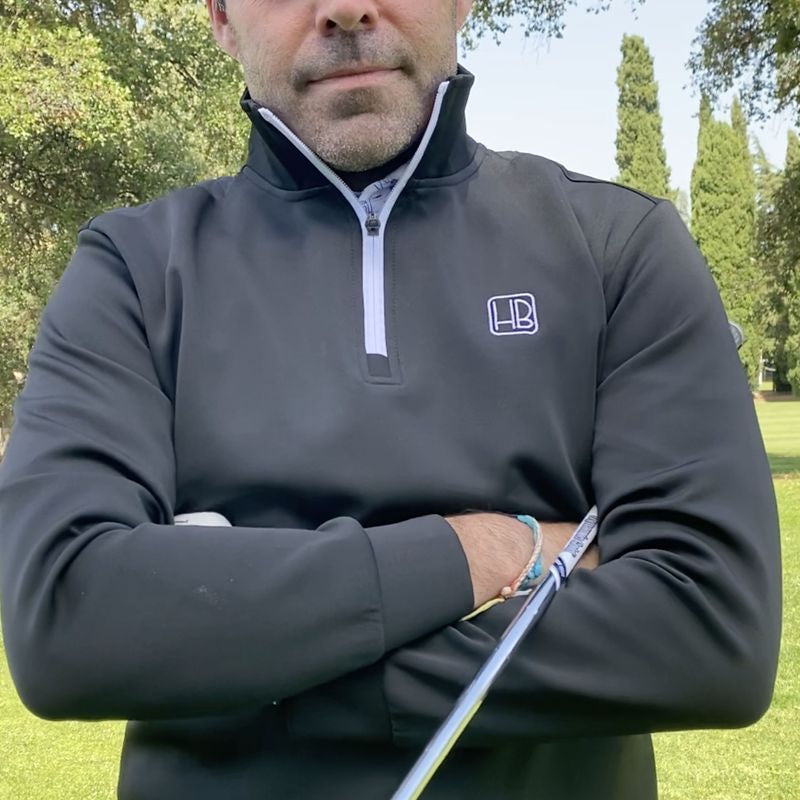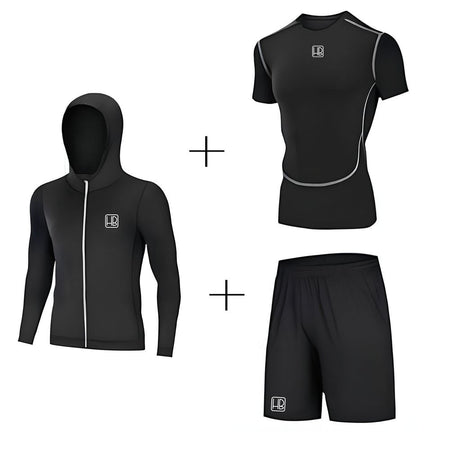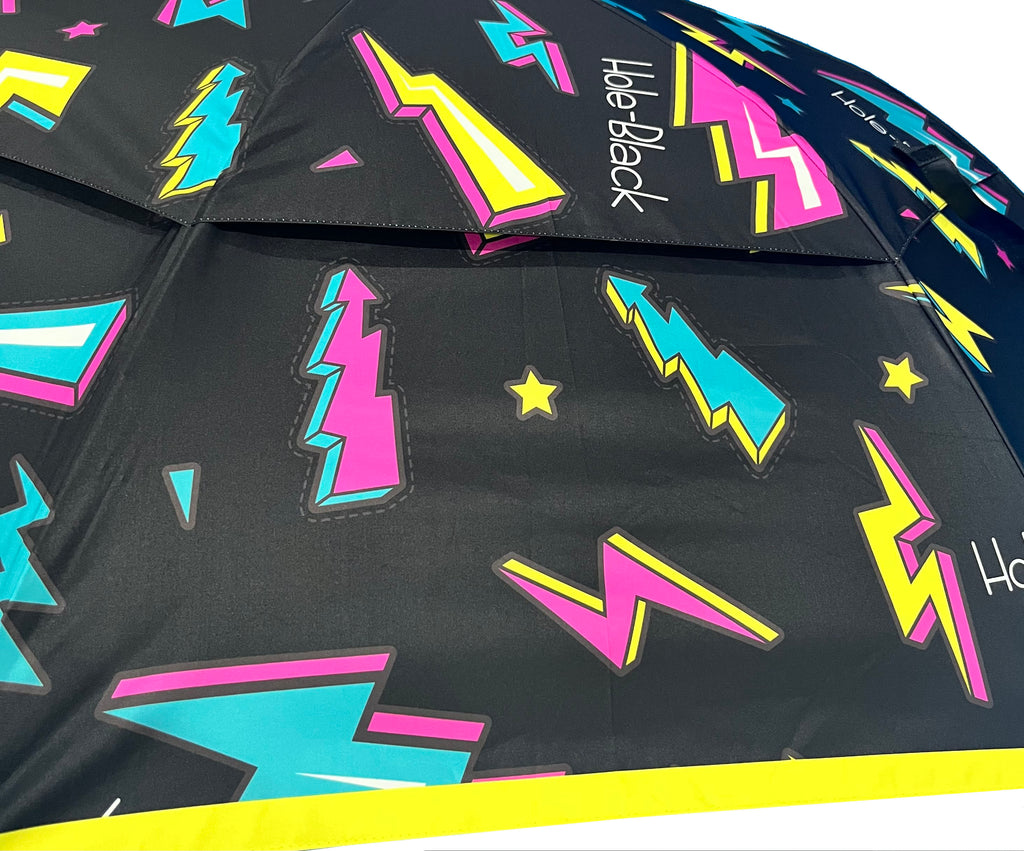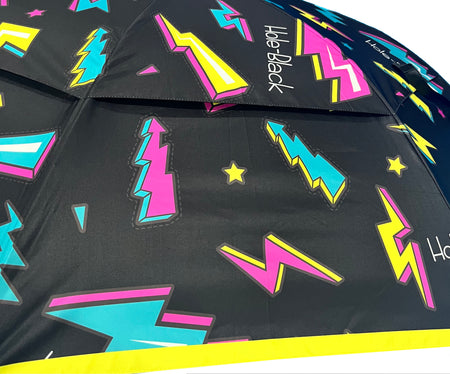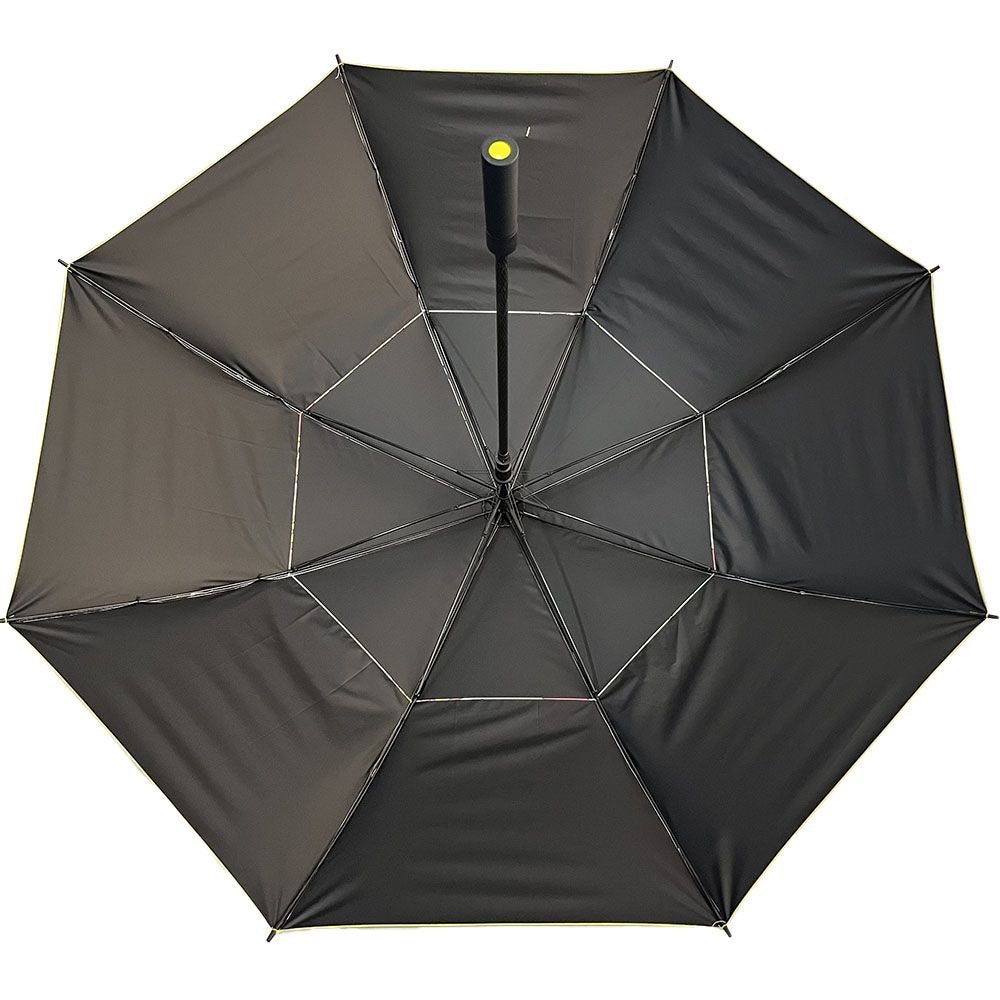A golf swing that is too vertical is very common, especially for beginners, and can cause problems in your game, such as inaccurate trajectory or a significant lack of power. Here's an analysis of the impacts of a vertical swing and tips for addressing it:
Impacts of a vertical swing
-
Irregular trajectories
- Slice : A swing that is too vertical can result in an open clubface at impact, causing a slice (ball spinning right for a right-hander).
- Pull : A face that is too closed to compensate can cause a pull with a very low ball flight (ball going left).
-
Loss of power
- A club path that is too vertical limits the ability to generate speed and efficiently transfer energy to the ball. In addition, the ball, being mostly "cut," generates a lot of spin with such strong wind resistance that it has no roll.
-
Lack of consistency
- With a vertical swing, it is more difficult to maintain a repeatable path because the club can arrive at impact at varying angles.
-
Physical stress
- A vertical swing can put excessive stress on the wrists, shoulders and back, increasing the risk of long-term injury.
- What other consequences?
-
- Are you regularly breaking your tees? Are you hitting your ball high on the clubface? Are you making deep divots with your irons? This is probably the cause.
How to correct a swing that is too vertical?
1. Work on your posture
- Athletic Stance : Bend your knees slightly, lean from your hips, and lay the club down a little by increasing the angle of your wrists.
- Distance to the ball : Make sure you are not too close to the ball, which can influence the verticality of the swing.
2. Adjust your swing plane
- Incline : Imagine a circle around your body. Typically, a player who ascends vertically does not rotate their shoulders and hips enough on the way up.
- Visual Aid : Use an alignment stick or mirror to monitor your club angle during the backswing and downswing.
3. Improve body rotation
- Full Rotation : Make sure your shoulders and hips rotate together, rather than just raising your arms.
- Drill : Hold a club behind your shoulders and practice rotations, keeping your lower body stable.
4. Keep your wrists relaxed
- A stiff, vertical swing is often linked to a tight grip. Hold the club with moderate pressure and let your wrists do their job naturally. Try telling yourself that you're gripping the club at a 6 on a scale of 1 to 10.
5. Practice with specific exercises
- Wall Drill : Stand near a wall during your backswing. If your club touches the wall, it means your swing is too vertical.
- Towel Drill : Place a towel under your right arm to promote a connection between your upper body and arms during the swing.
6. Call a professional
- A coach can analyze your swing and suggest personalized corrections, adapted to your body shape and playing style.
In summary
An upright swing can hamper your accuracy, power, and overall game. With proper posture, improved rotation, and targeted drills, you can correct these flaws and regain a more efficient, smooth, and, most importantly, much more powerful swing!
Hole Black can help you with professional advice and the right equipment to perfect your game. ⛳























